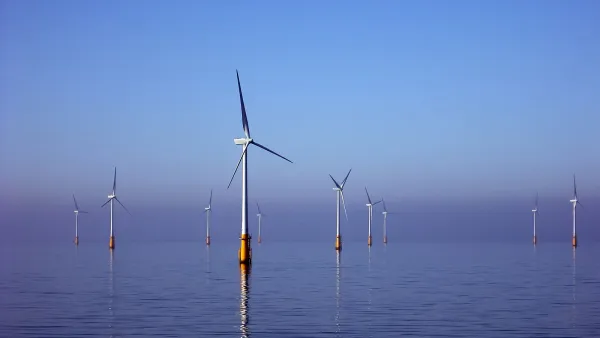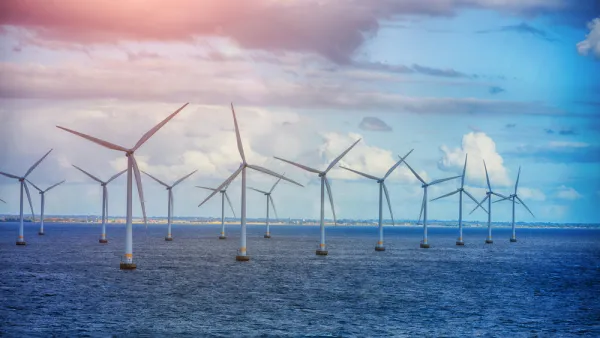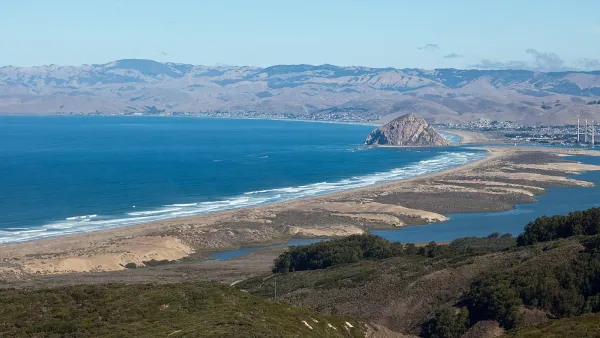It's still a longshot for full-scale production, but a unique research partnership has produced a unique example of biomimicry: a wind turbine that borrows from palm trees to achieve new levels of energy production.

John Kosowatz reports on a breakthrough in the wind turbine technology, advanced through the application of biomimicry. Eric Loth, the chair of mechanical and aerospace engineering at the University of Virginia, has developed a design for a wind turbine inspired by the palm tree. The segmented rotors designed by Loth and his team solve the problem of the massive turbines that would be required to achieve higher levels of energy output than is currently possible with the traditional, three-rotor design of turbines.
The results are potentially game changing—enabling the construction of 50-megawatt turbines. The most advanced turbines are only currently only producing eight to ten megawatts of electricity.
According to Kosowatz, the "design centers on a downwind machine fitted with ultralightweight segmented rotors. During operation and in good weather, they would spread out to catch the wind. During heavy storms or other bad weather, they would fold together like palm fronds and avoid damage."
The design team behind the idea "includes experts in wind turbine design and controls from U.S. universities, the National Renewable Energy Laboratory in Golden, CO, Sandia National Laboratory in Albuquerque," adds Kosowatz.
That multi-disciplinary, public-private partnership is another part of the story that inspired follow-up coverage by Tina Casey for Triple Pundit. Not only does the project represent biomimicry on a massive scale, says Casey, it also shows how "powerful, diversified global corporations are embracing renewable energy," potentially undermining the interests of fossil fuel interests.
FULL STORY: Palm Trees Sway Wind Turbine Design

Analysis: Cybertruck Fatality Rate Far Exceeds That of Ford Pinto
The Tesla Cybertruck was recalled seven times last year.

National Parks Layoffs Will Cause Communities to Lose Billions
Thousands of essential park workers were laid off this week, just before the busy spring break season.

Retro-silient?: America’s First “Eco-burb,” The Woodlands Turns 50
A master-planned community north of Houston offers lessons on green infrastructure and resilient design, but falls short of its founder’s lofty affordability and walkability goals.

Test News Post 1
This is a summary

Analysis: Cybertruck Fatality Rate Far Exceeds That of Ford Pinto
The Tesla Cybertruck was recalled seven times last year.

Test News Headline 46
Test for the image on the front page.
Urban Design for Planners 1: Software Tools
This six-course series explores essential urban design concepts using open source software and equips planners with the tools they need to participate fully in the urban design process.
Planning for Universal Design
Learn the tools for implementing Universal Design in planning regulations.
EMC Planning Group, Inc.
Planetizen
Planetizen
Mpact (formerly Rail~Volution)
Great Falls Development Authority, Inc.
HUDs Office of Policy Development and Research
NYU Wagner Graduate School of Public Service




























